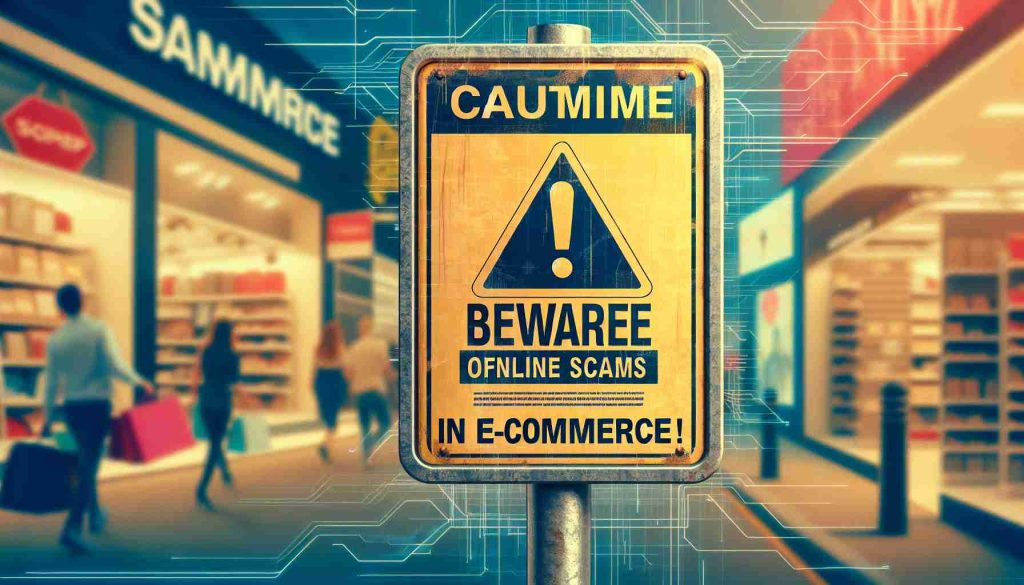Discovering New Ways to Shop Online
Livestreaming has revolutionized the way people shop online. No longer do individuals need to visit physical stores when they can make purchases conveniently from the comfort of their own homes. Platforms like Facebook, Shopee, and TikTok have become popular destinations for watching product advertisement videos and interacting with sellers in real-time.
Changing Consumer Habits
With the rise of livestream shopping, consumer habits have shifted significantly. Take, for example, Mrs. Nguyen Phuong Nga from Hanoi, who now prefers to shop online after being inspired by product ads on social media platforms. She values reading reviews and ratings from previous customers to ensure the quality of her purchases.
A New Era of Shopping
Livestreaming not only offers convenience but also opens up a world of possibilities for shoppers. Mrs. Pham Huong Thao, another online shopper from Hanoi, opts for online purchases due to the ease of browsing and ordering products showcased in livestreams. The availability of discounts and quality control checks before receiving items further enhances her shopping experience.
The Thriving Livestream Market
Livestream shopping events have captured the attention of both buyers and sellers, with reports of substantial revenue generated from these sessions. Individuals like N.P.H have achieved remarkable sales figures by leveraging livestream platforms to showcase products and engage with a wide audience.
Embracing the Future of Retail
In today’s digital age, livestream shopping has become a pivotal marketing tool for businesses aiming to connect with tech-savvy consumers. Leading e-commerce platforms are increasingly incorporating livestreaming features to cater to the evolving demands of the market, offering exclusive deals and interactive shopping experiences.
Redefining the Shopping Experience
The online shopping revolution driven by livestreaming has redefined how individuals engage with brands and make purchasing decisions. With the ability to shop anytime, anywhere, and benefit from additional perks like free shipping and easy returns, consumers are embracing a more seamless and rewarding shopping journey in the digital realm.
Evolution of Online Shopping Trends
The online shopping landscape continues to evolve rapidly, with technological advancements shaping consumer behavior and preferences. One emerging trend gaining momentum is the integration of augmented reality (AR) and virtual reality (VR) technologies in the online shopping experience. These immersive technologies allow consumers to visualize products in a virtual space before making a purchase, enhancing the decision-making process and reducing the likelihood of returns.
Key Questions and Answers
1. How are AR and VR technologies transforming the online shopping experience?
Augmented reality and virtual reality technologies are revolutionizing online shopping by providing customers with interactive and lifelike product experiences. Consumers can now virtually try on clothing, visualize furniture in their living spaces, or even see how makeup looks on their own faces before buying.
2. What are the main advantages of integrating AR and VR in online shopping?
– Enhanced Customer Engagement: AR and VR technologies offer a more engaging and personalized shopping experience, increasing customer satisfaction and loyalty.
– Reduced Returns: By allowing customers to ‘try before they buy’ virtually, these technologies help reduce the number of returns due to inaccurate product expectations.
– Competitive Differentiation: Businesses that adopt AR and VR early gain a competitive edge by offering innovative and immersive shopping experiences that set them apart from competitors.
Challenges and Controversies
Despite the benefits, the integration of AR and VR in online shopping also presents challenges and controversies. One significant challenge is the high cost of developing and implementing AR and VR solutions, which may be prohibitive for small and medium-sized enterprises. Additionally, concerns around data privacy and security in virtual shopping environments have sparked debates about the ethical implications of collecting and utilizing consumer data for targeted marketing purposes.
Advantages and Disadvantages
Advantages:
– Enhanced Customer Experience: AR and VR technologies provide a more interactive and immersive shopping experience, increasing customer engagement and satisfaction.
– Increased Sales Conversions: By enabling customers to make more informed purchase decisions through virtual product experiences, businesses can see higher conversion rates.
– Brand Differentiation: Companies that embrace AR and VR stand out in a crowded marketplace, showcasing innovation and a commitment to enhancing the customer journey.
Disadvantages:
– Implementation Costs: Developing AR and VR solutions requires significant investments in technology and resources, which may be unfeasible for some businesses.
– Technical Challenges: Ensuring seamless integration and functionality of AR and VR applications across different devices and platforms can be complex and time-consuming.
– Data Privacy Concerns: Collecting and utilizing user data in virtual shopping environments raises privacy and security issues, potentially leading to consumer mistrust and regulatory scrutiny.
For more insights on the latest trends in online shopping and the impact of augmented reality and virtual reality technologies, visit Digital Trends.























